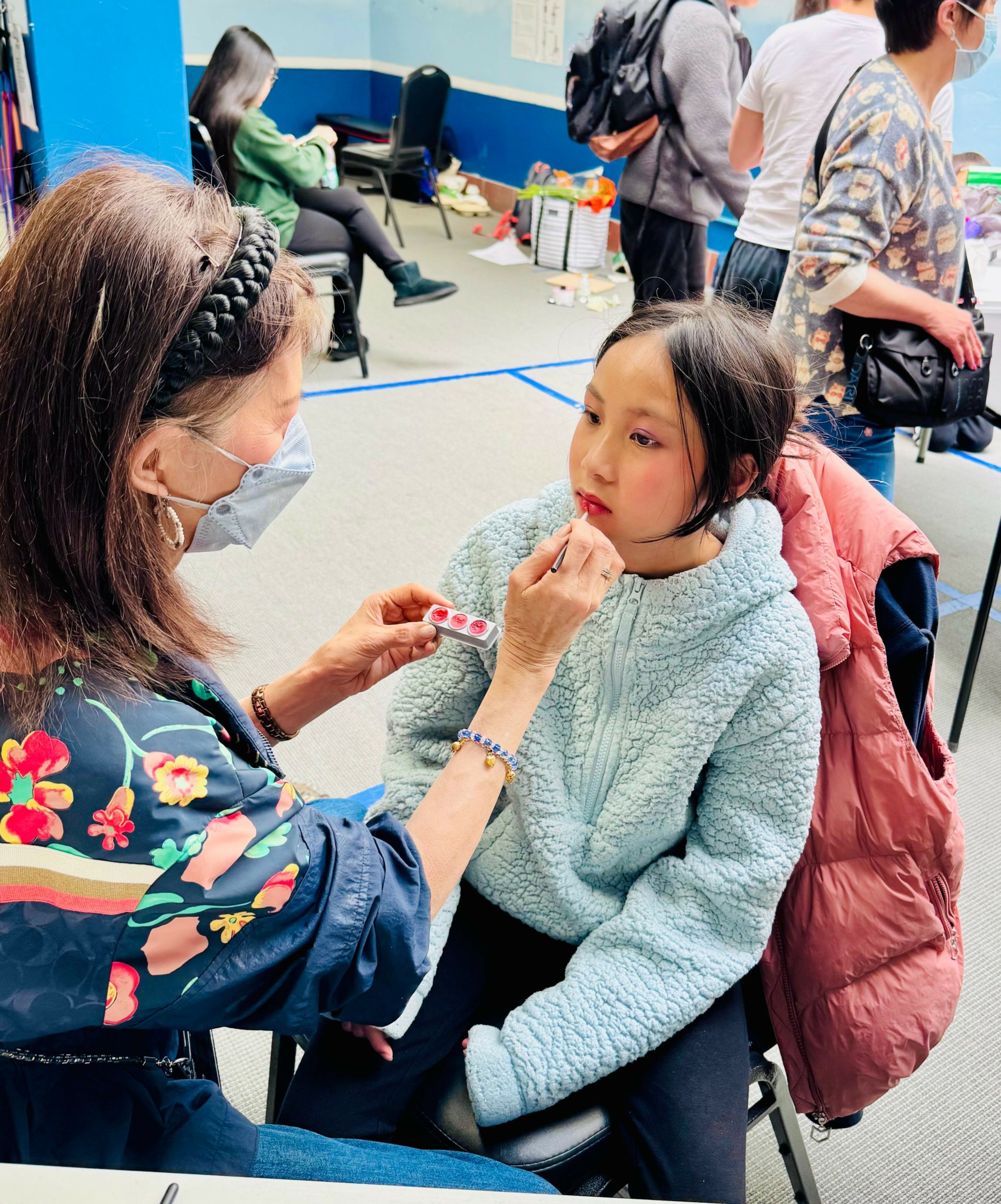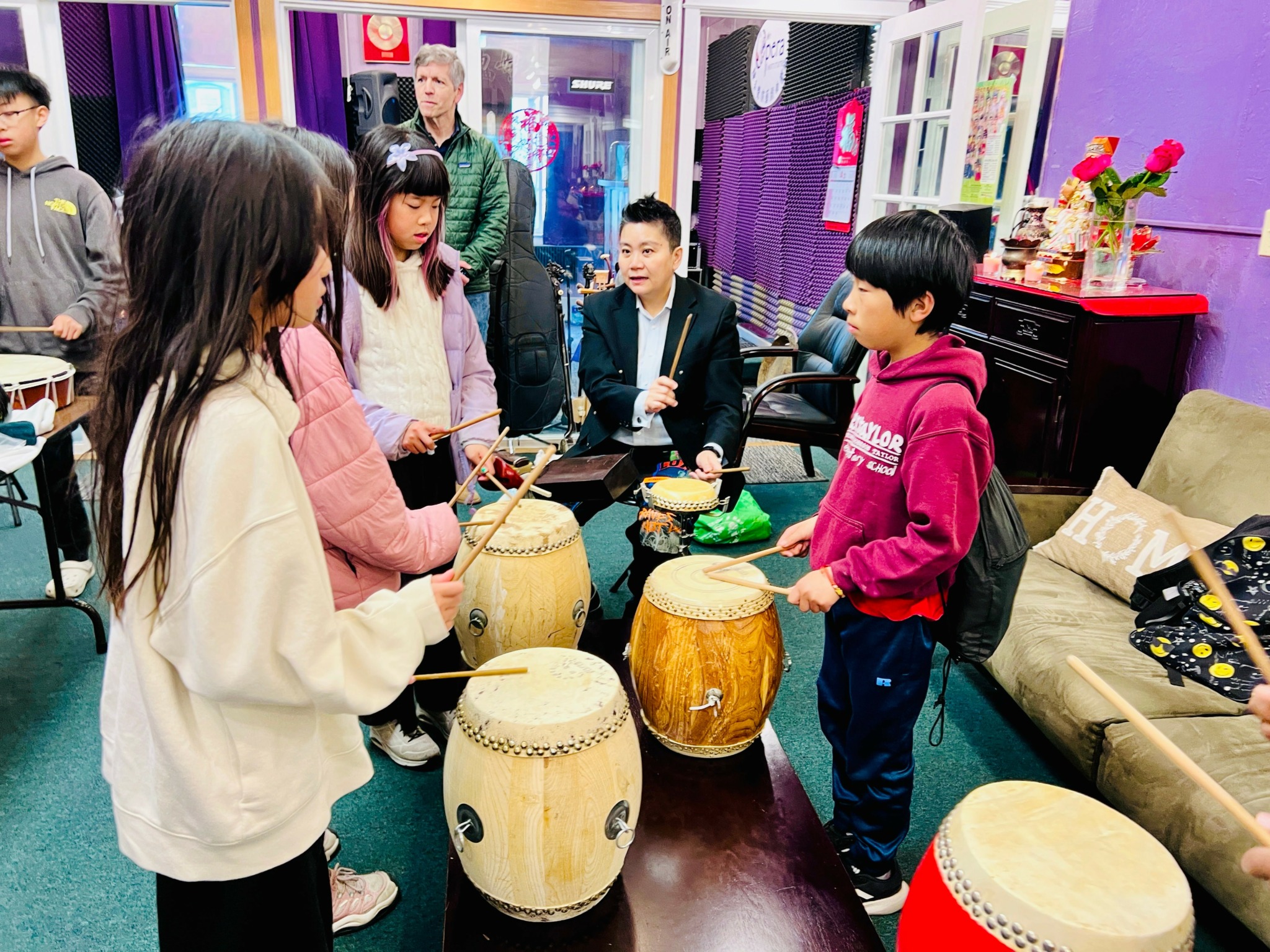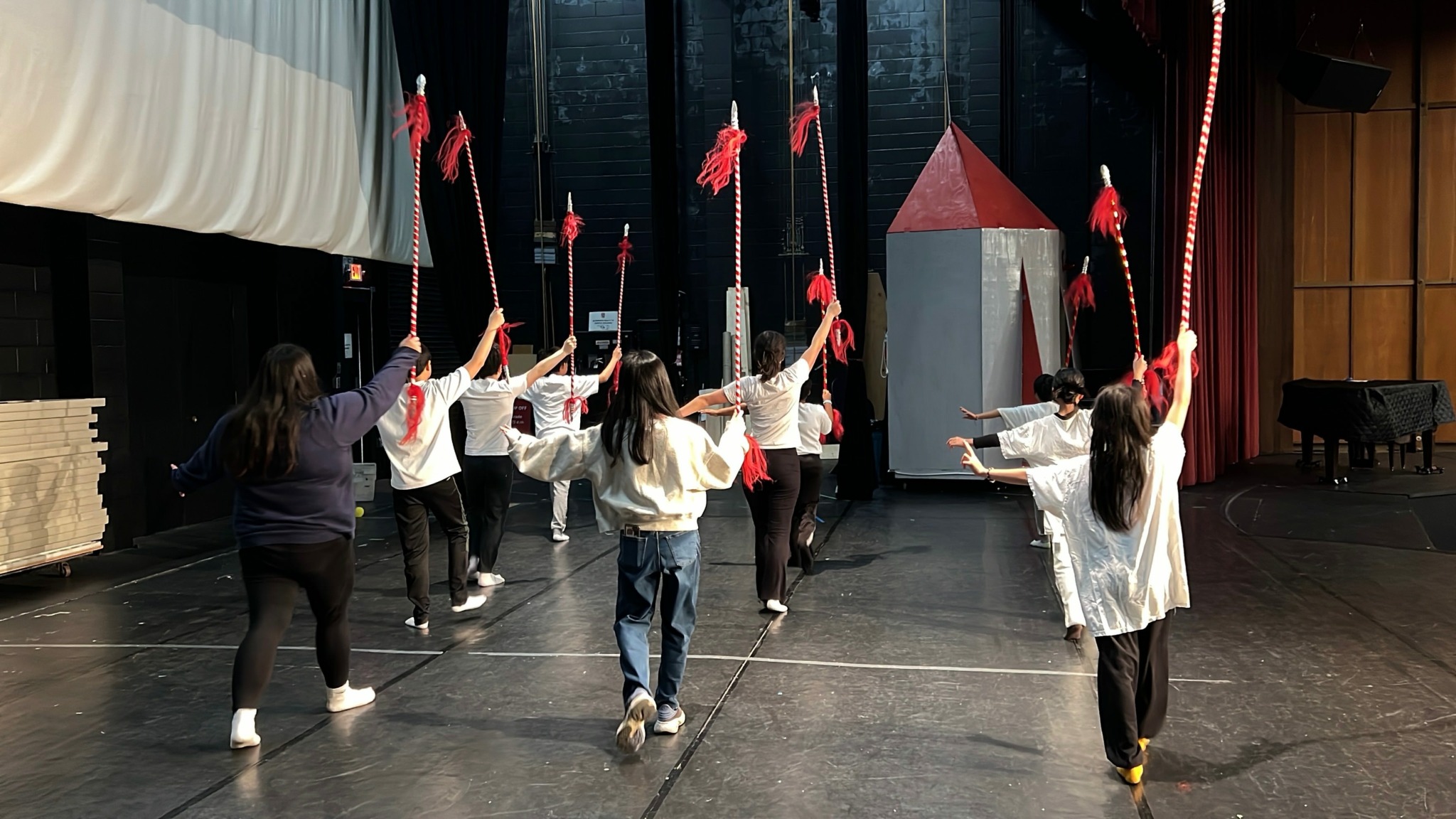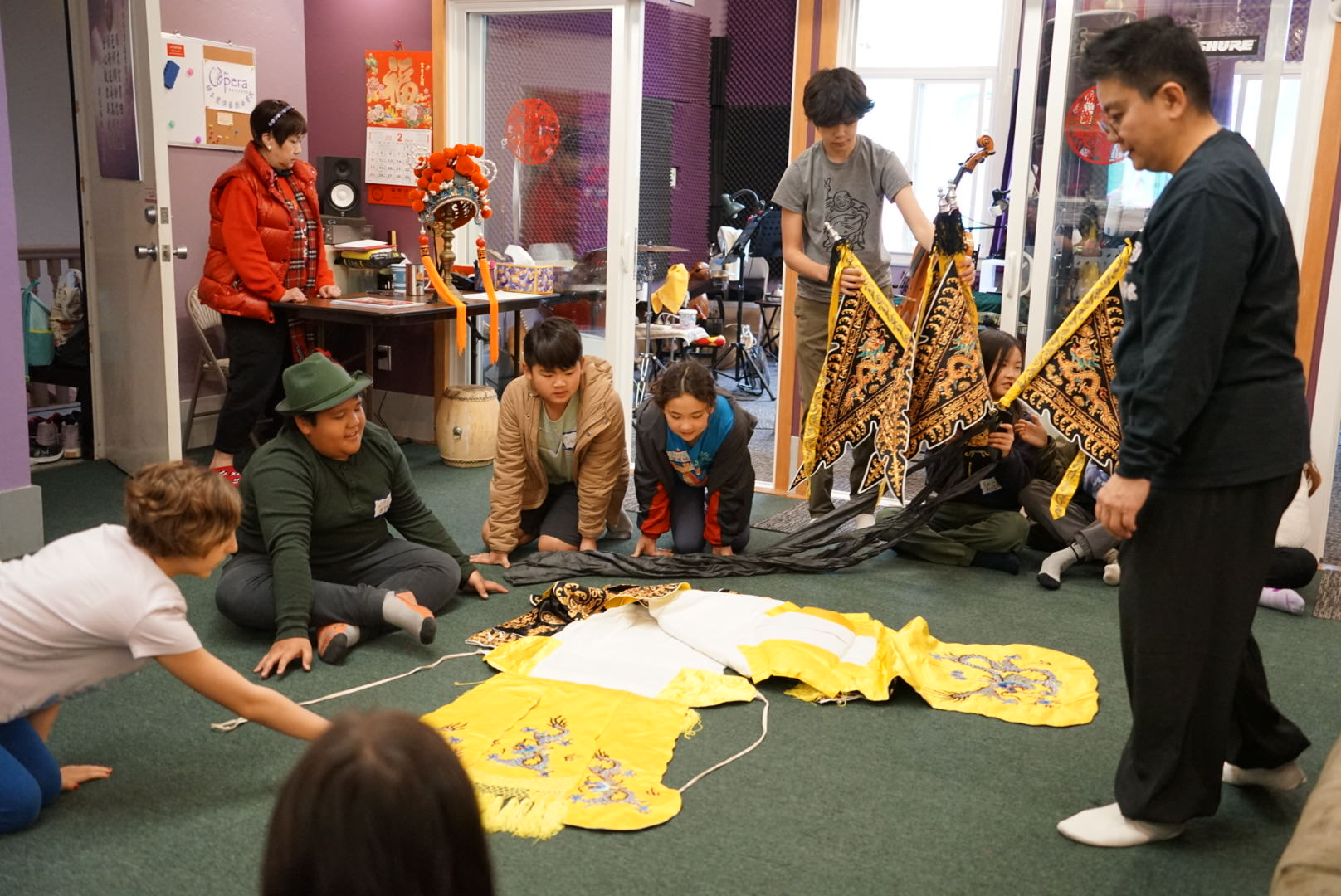We were lucky to catch up with Samantha Morris recently and have shared our conversation below.
Hi Samantha, thanks for joining us today. Coming up with the idea is so exciting, but then comes the hard part – executing. Too often the media ignores the execution part and goes from idea to success, skipping over the nitty, gritty details of executing in the early days. We think that’s a disservice both to the entrepreneurs who built something amazing as well as the public who isn’t getting a realistic picture of what it takes to succeed. So, we’d really appreciate if you could open up about your execution story – how did you go from idea to execution?
Jing Shao Nian (京少年) began as a conversation between friends who missed something from our childhoods. Many of us grew up sitting next to our grandparents, watching Cantonese opera on TV or in theaters, and we realized that almost no one our age was learning the art anymore.
So we started small. My co-founder and I reached out to Eva Tam, a professional performer from My Opera Institute, as well as our old Chinese teachers at Chinese American International School (CAIS), and asked if we could try running a youth program. We met with the head of CAIS, shared our idea, and once we were given a chance to pilot it, we formed a student leadership team. After school, we sat around tables with laptops and tea, building lesson plans, makeup practice guides, movement warm ups, and workshops that would make Chinese Opera feel exciting and joyful for younger students.
We sent out interest forms to 5th and 6th graders. Every other week, we taught them spear basics, fan choreography, beginner singing, and the stories behind the roles of different characters in Chinese opera. At the end of the program, we held a performance at the Mary Helen Rogers Senior Community. I remember the moment the seniors recognized a melody and started nodding along. Since then, we have opened the program to students across the Bay Area. We now run seasonal classes, community workshops, and performances. What started as a hope to keep something alive has become a real community.
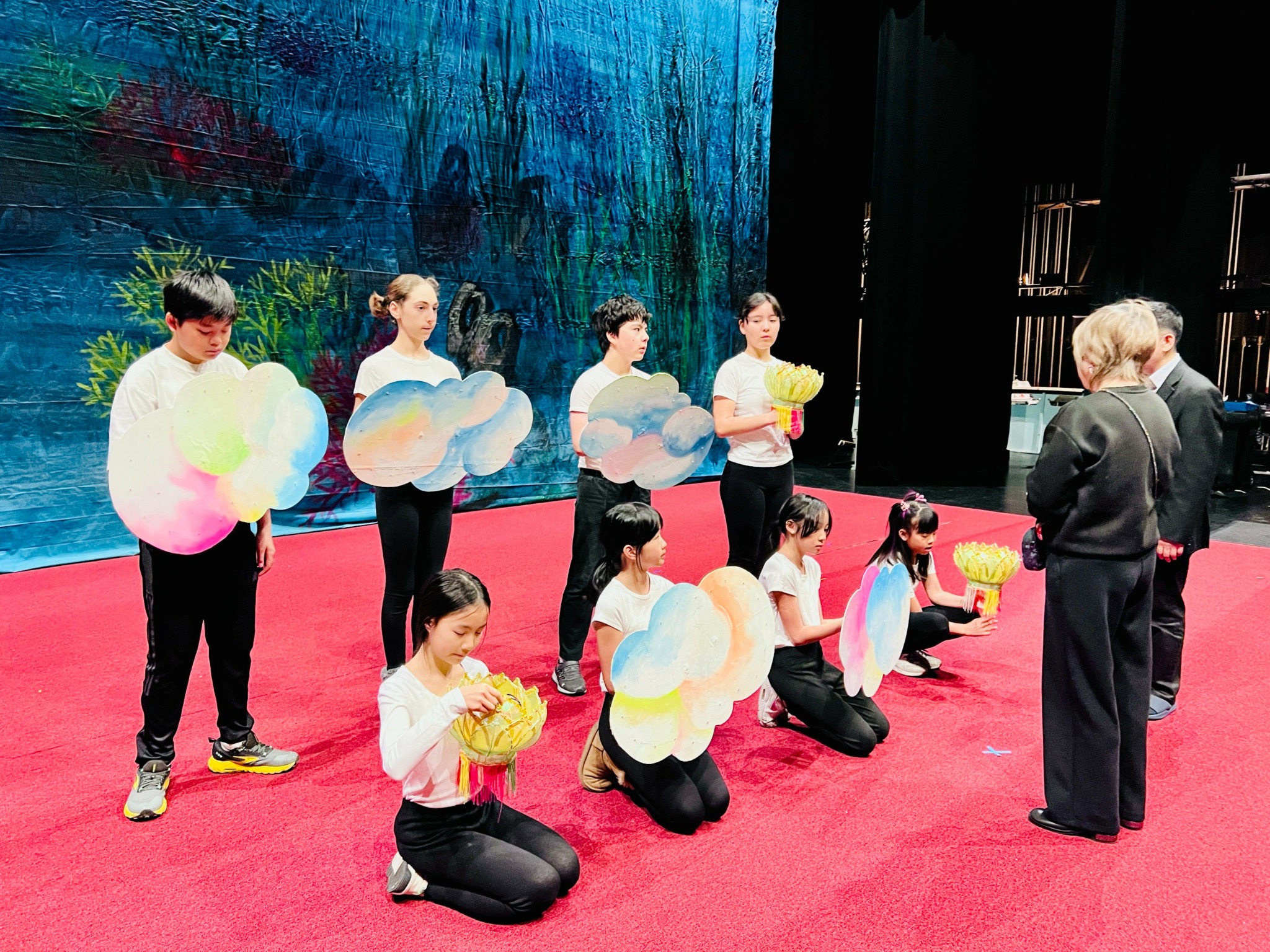
Samantha, love having you share your insights with us. Before we ask you more questions, maybe you can take a moment to introduce yourself to our readers who might have missed our earlier conversations?
Jing Shao Nian (京少年) is a youth-led Chinese Opera program where students learn singing, acting, movement, martial arts choreography, and cultural history. We teach through hands-on workshops, rehearsals, and performances. Our younger students learn from high school students, which makes the space feel friendly and collaborative. We also lead workshops at different SFUSD schools in the Fall, reaching over five hundred students.
We are the only program of this kind in the Bay Area, and everything from lesson planning to performance organizing is done by students. We offer scholarships so that cost is never a barrier, because this art belongs to everyone. What I am most proud of is the way our students begin to see themselves in the stories, costumes, and characters.
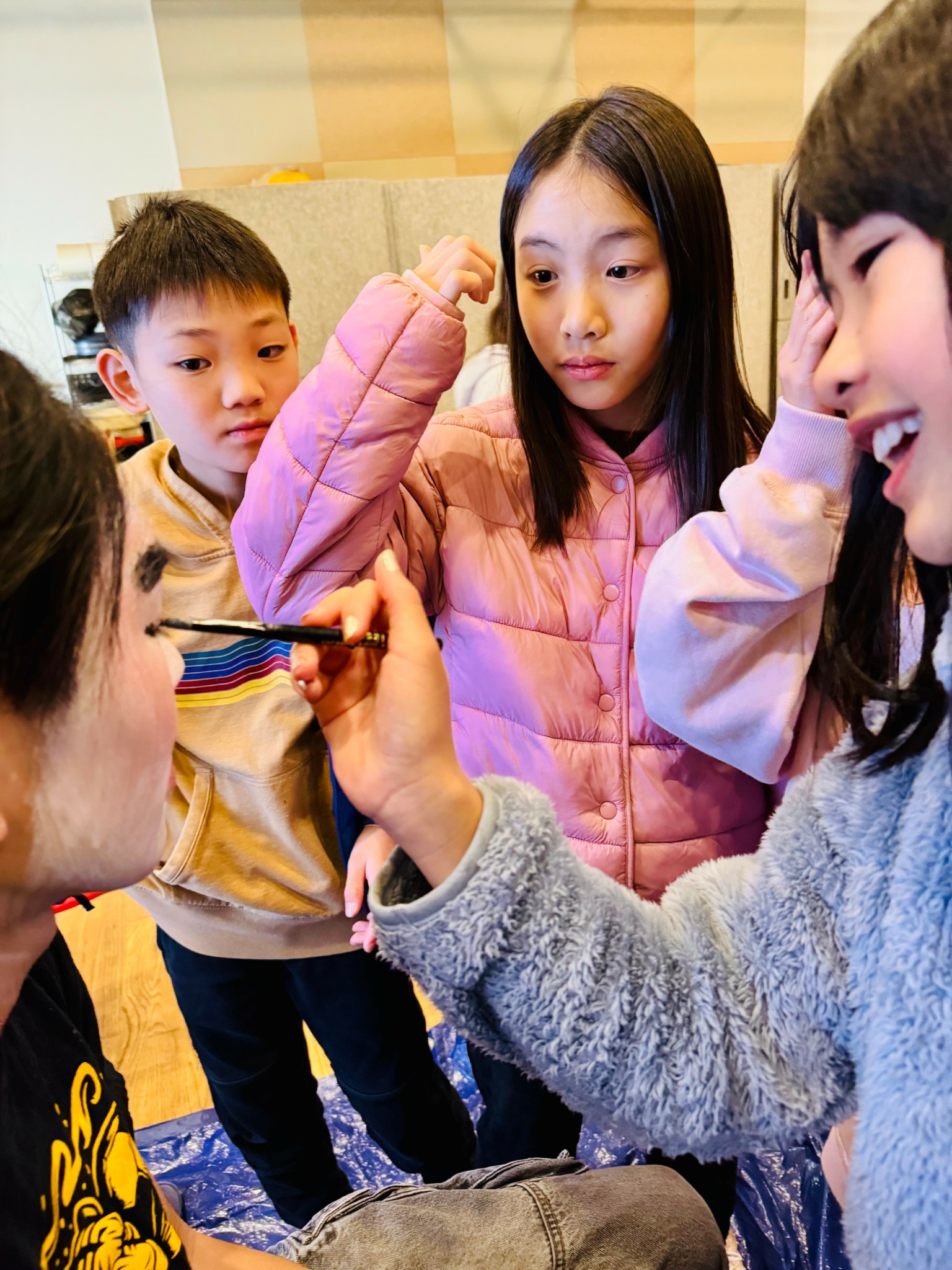
Can you share a story from your journey that illustrates your resilience?
A few weeks before our students were set to perform the spear dance at the Tam Wong Ying Opera Collection showcase at Yerba Buena Center for the Arts, it really did not look like we’d be ready. The formations kept collapsing. The passes were off timing. Someone was always swinging too early or too wide. Everyone could feel the frustration.
We changed the way we rehearsed. We took the spears away and just practiced the weight shifts. We counted aloud together. We did the transitions slowly until the spacing landed in muscle memory. The room got quieter, more focused, almost like everyone had silently agreed to figure it out without announcing it.
On the day of the performance, they walked onstage in costume and the sequence held. The spears moved as one line. The pauses landed cleanly. It was not flashy or perfect, but it was controlled, and it had presence.
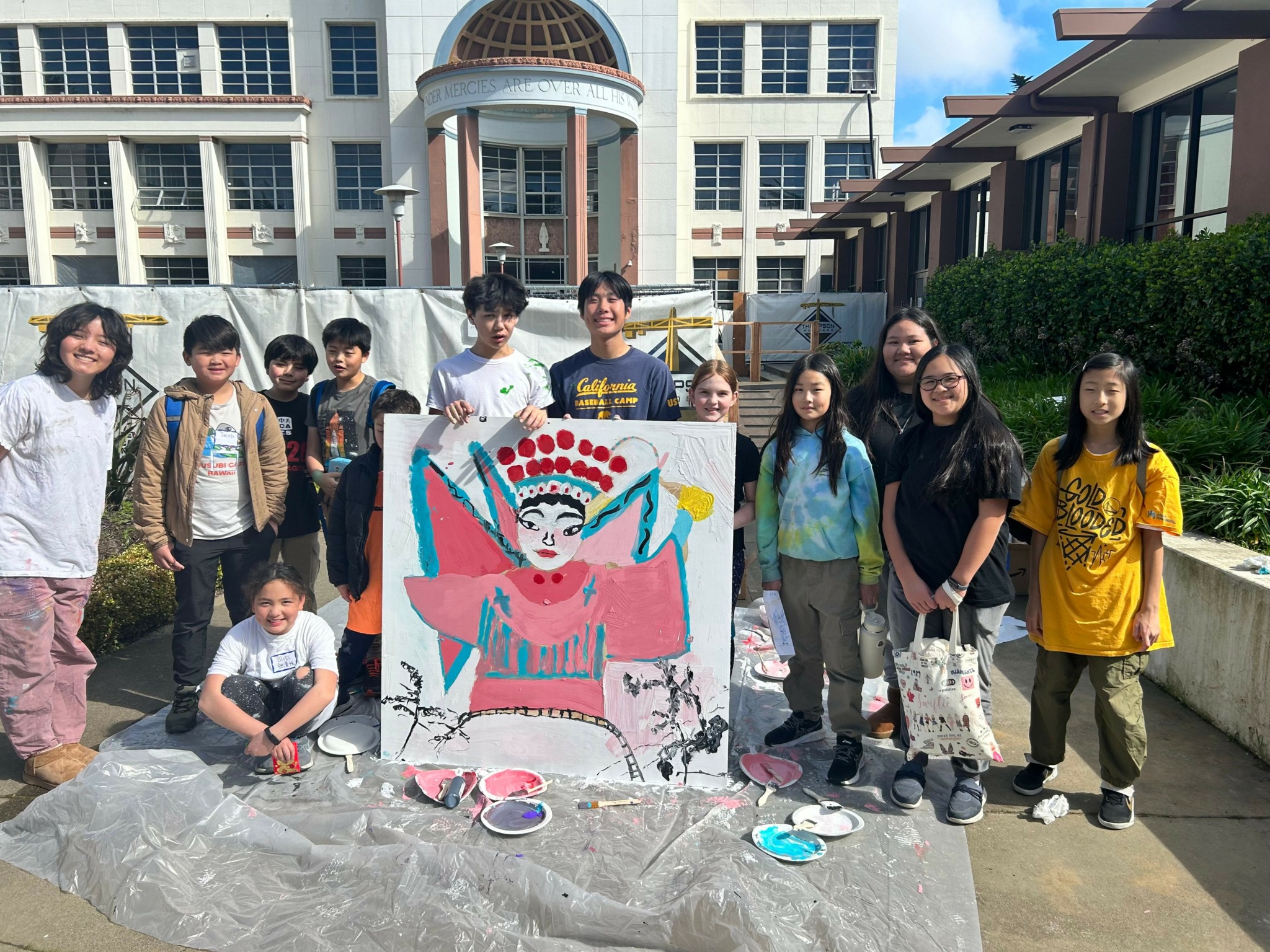
We often hear about learning lessons – but just as important is unlearning lessons. Have you ever had to unlearn a lesson?
We had to unlearn the idea that preservation means exact replication. When we first started teaching Chinese opera, we tried to do everything the way Chinese opera was traditionally taught, because we thought that was the only way to honor tradition. But over time, we realized that if we wanted kids to actually care about the art, they needed space to make it their own. Some wanted to mix in modern music or connect the stories to things they experienced themselves. We began to see that preserving something doesn’t mean freezing it in time. It means keeping it alive by allowing it to grow with each generation.
Contact Info:
- Website: https://jingshaonian.org
- Instagram: jing.shao.nian
